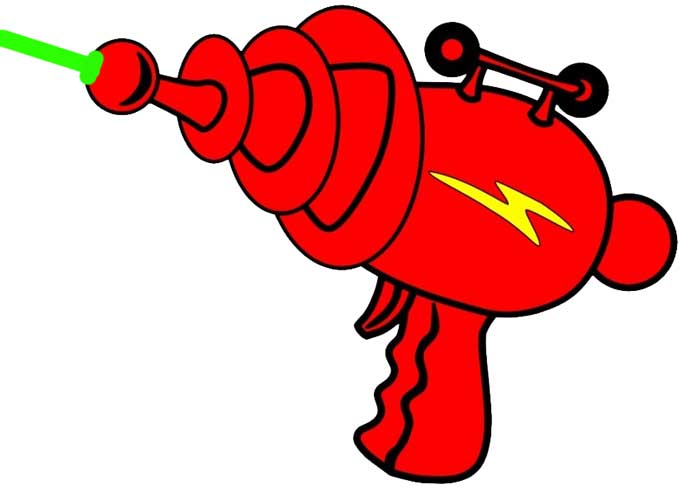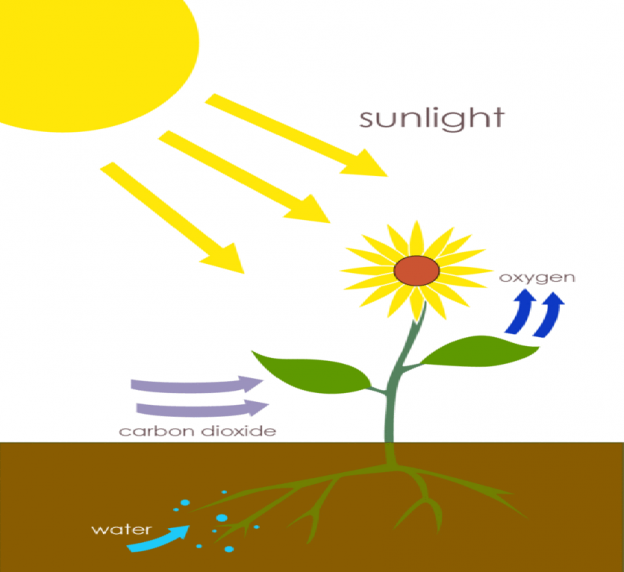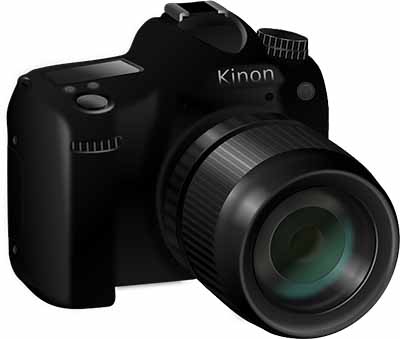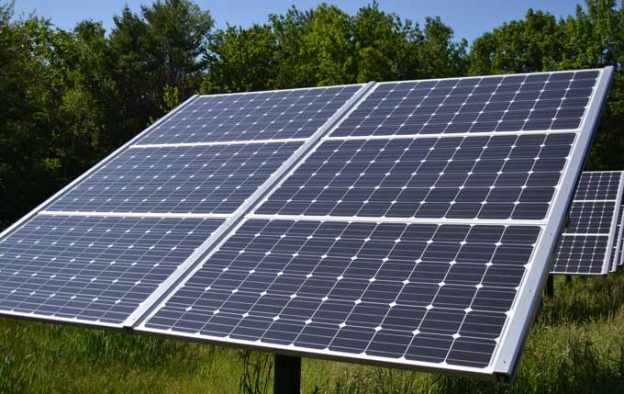Tag: light
-

Lasers
Do you remember the movies where alien forces use laser guns in battles? Well, lasers are a very famous piece of technology. These were once considered as high-tech gadgets, but today modern science made lasers very common technology used in everyday life. What is LASER? A laser is just a […]
-

Photosynthesis
Every living thing on Earth needs food to survive and live a healthy life. Plants are also living things, so they need food regularly. But instead of waiting for someone to feed them, they produce their own food. They produce their food in a process called ‘Photosynthesis’ and generate oxygen […]
-

Camera
Today, cameras have become so popular that there may be hardly any person without a camera. We all carry cameras in our smartphones that are always ready to take shots when we want. You are lucky that you are living in a time where we all carry cameras for photography. […]
-

-

Solar Energy
What is Solar Energy? Solar energy refers to the energy from the Sun. It comes to our Earth in form of sunlight and is the widely available form of the energy. It is found at every place, where the Sun is shining. This is the energy that is available everywhere, […]




